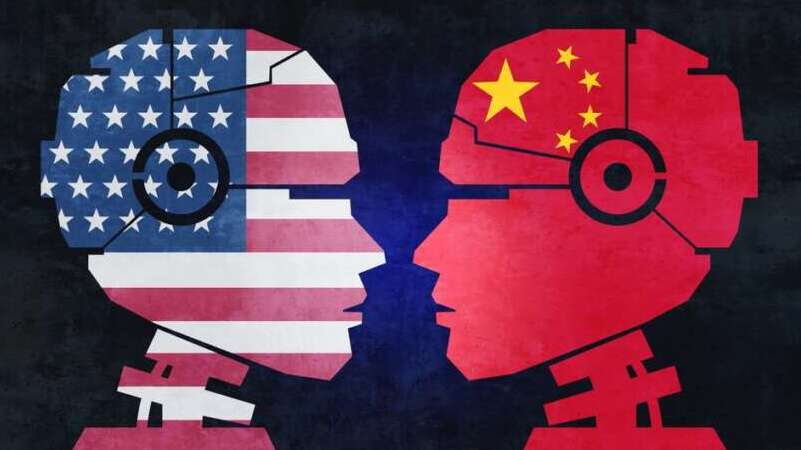
The United States needs to ramp up its investments in critical and emerging technologies – such as semiconductors and AI – in order to keep pace in the global race for technological leadership, according to a new report from the National Science Foundation (NSF).
The National Science Board (NSB), which serves as the governing board of NSF, released its biennial Science and Engineering Indicators (Indicators) report today that shows the nation’s global tech position is slipping.
“The Indicators report confirms that our nation’s science and engineering (S&E) enterprise increasingly hinges on foreign-born STEM talent and is limited by flat Federal R&D investment, all at a time when global innovation continues to accelerate,” said Daniel Reed, chair of the NSB and presidential professor of computational science at the University of Utah.
“Meanwhile, other countries are heavily investing in their own S&E talent development, next-generation research infrastructure, and the advanced technology areas critical to national defense and global economic competitiveness,” Reed added.
Specifically, the report calls out semiconductors and AI as critical and emerging technology areas where the U.S. is falling behind.
For instance, China and the U.S. are the two largest contributors to AI research, but the report reveals that in a span of nearly two decades, researchers from China authored approximately double the number of AI-related articles compared to researchers in the U.S.
From 2003 to 2022, researchers from China authored 274,000 AI-related articles, while U.S. researchers authored 134,000 articles.
However, the report notes that collaborative AI research between China and the U.S. remains strong – resulting in the largest number of co-authored articles of any other country pair.
Additionally, China has also outranked the U.S. in AI patents. In 2022, China was the leading country with 40,000 patents, followed by the U.S. with 9,000.
As for semiconductors, the United States accounted for about 22 percent of all semiconductor patents in 2022, with the remainder of semiconductor patents issued to foreign inventors.
The most common foreign inventor locations for U.S. Patent and Trademark Office (USPTO) semiconductor patents – Taiwan, Japan, South Korea, and China – collectively accounted for 68 percent of all USPTO patents granted in this critical technology category.
In light of the competitive threat from China, NSB’s Reed told reporters in a briefing on Monday that the U.S. needs to respond with “a whole-of-country response.”
“This really is an all-hands-on-deck challenge and opportunity. We need to be nimble. We need to commit to the future and recognize that no group alone can solve this problem – it has to be a collaborative partnership,” Reed said. “But it will require a commitment, let me be frank, that’s beyond the scale at which we are investing now.”
According to the report, the absolute amount of Federally funded research and development (R&D) increased from 2011 to 2021. However, due to the significant growth in R&D funded by the private sector, the share of the total U.S. R&D funded by the Federal government decreased from 30 percent in 2011 to 19 percent in 2021.
The public sector now funds 36 percent of basic research, close to the 40 percent share of basic research funded by the Federal government.
While it’s not necessarily a bad thing that the private sector is picking up the slack on funding basic research, the report points out that this research is not distributed evenly across disciplines. This means that the industries that have yet to be discovered rely on that “blue sky” funding that only the Federal government can provide.
“If you think about the future of AI, and those partnerships with a public-private sector, the scale of investment that the private sector is making there is dwarfing anything that higher education or the Federal government is making at the moment,” Reed said.
“It is time to act, with vision and commitment, by expanding our domestic STEM worker pool, investing in critical science and technology areas, and building the necessary research and development infrastructure to ensure our continued national security and economic independence,” Reed said, adding, “The job is not done, and we neglect it at our peril.”
NSF Director Sethuraman Panchanathan added, “This latest report delivers an urgent message: For the U.S. to maintain leadership in science and technology, and the societal and economic impacts that result, we must invest in and accelerate our commitment to STEM and ensure that we unleash our superpower – the collective experiences and motivations from individuals across our entire nation – to the benefit of all.”
